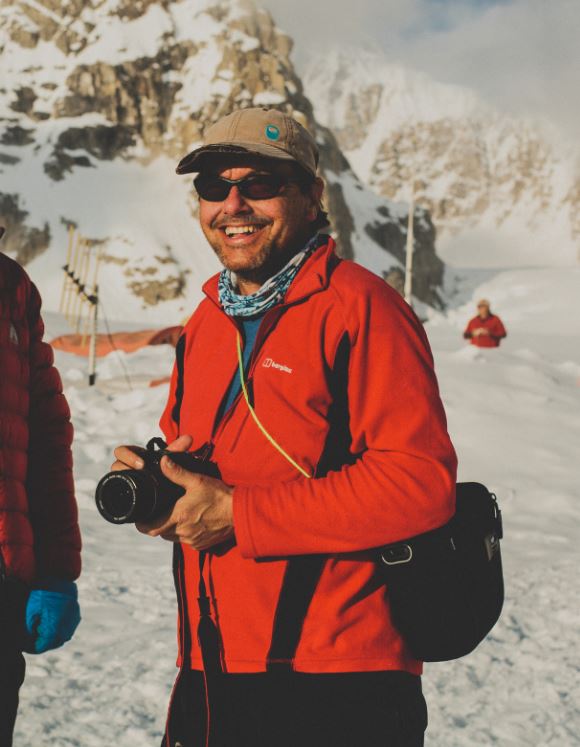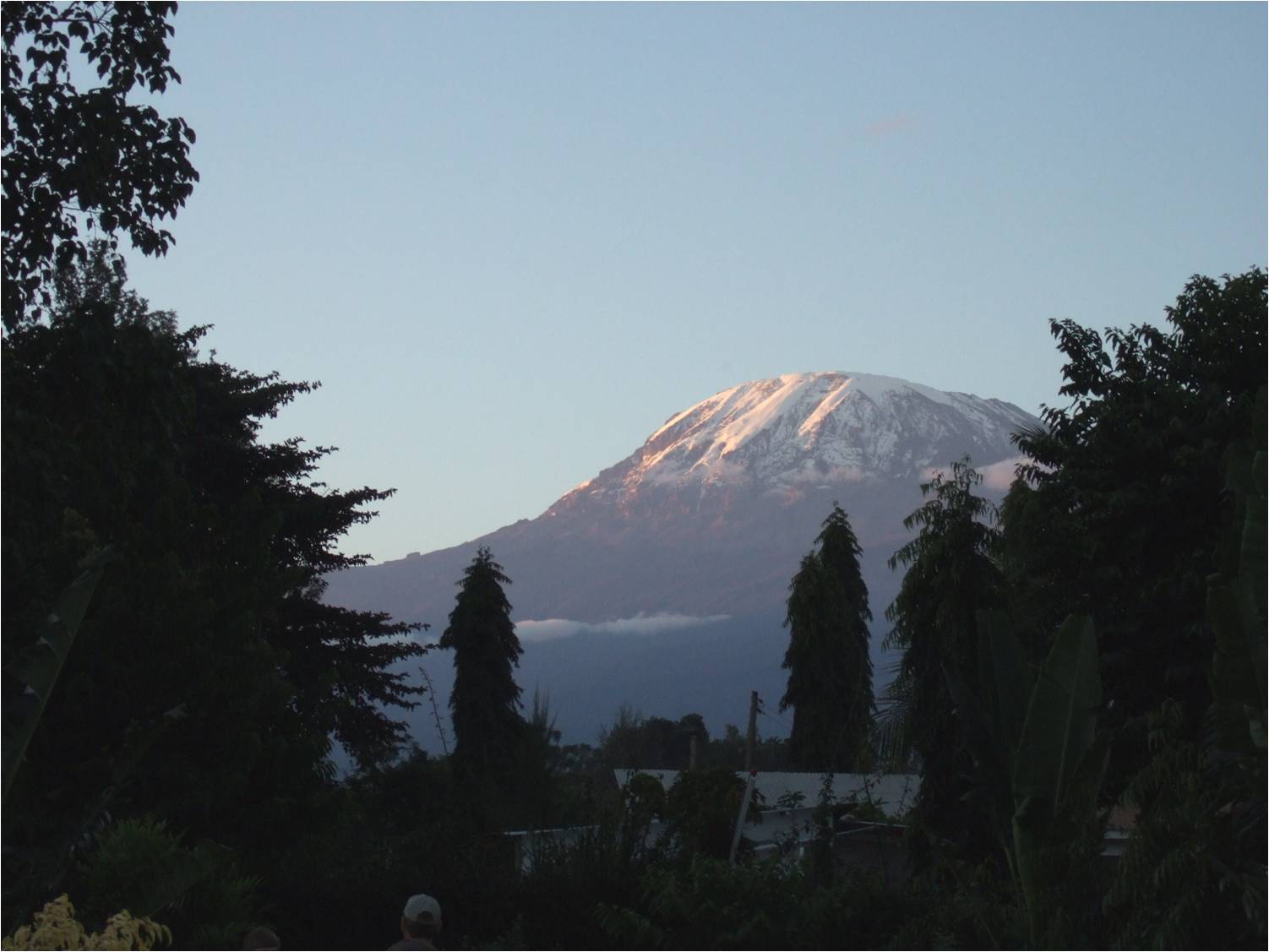
Kilimanjaro Compared to the Other Seven Summits
The ‘Seven Summits’ is a challenge first proposed and then completed by Richard Bass in 1985. The 7 Summits consists of climbing to the highest point on each of the seven continents.
WHAT ARE THE SEVEN SUMMITS?
The ‘Seven Summits’ is a challenge first proposed and then completed by Richard Bass in 1985. The 7 Summits consists of climbing to the highest point on each of the seven continents:-
- Asia – Mt Everest – 8848m
- South America – Aconcagua – 6962m
- North America – Denali (Mt McKinley) – 6194m
- Africa – Mt Kilimanjaro – 5892m
- Europe – Mt Elbrus – 5642m
- Antarctica – Vinson Massif – 4892m
- Oceania – Carstensz Pyramid – 4884m
Since its original inception, the definition of the Oceania continent altered it slightly to include a peak in Indonesia in lieu of the previous one on mainland Australia. Pat Morrow, closely followed by Reinhold Messner, was the first to complete this second evolution of the challenge. Since then it has been completed in numerous more difficult ways including without supplementary oxygen (Messner) and within seven months (Rob Hall & Gary Ball). It has also been suggested that for an even more difficult mountaineering challenge one could climb the second highest mountain on each of the continents as this would include more technical ascents such as K2.
The Seven Summits remains as a significant mountaineering challenge involving expeditions to all corners of the globe and significant associated logistical and organisational requirements. Adventure Alternative founder Gavin Bate has climbed the Seven Summits, most of them many times, and his company is able to coordinate the logistics and organisation of all seven summits either individually or as part of a full integrated expedition.
WHY MOUNT KILIMANJARO?
Mount Kilimanjaro is one of the Seven Summits, the highest peak in Africa, the highest free-standing mountain in the world and one of the most impressive peaks in the world. A volcanic giant alone on the savannah plains, snow-capped and remote, it is as evocative of the continent as the elephant – huge, stately and beautiful. People are irresistibly drawn to see it, while others try to scale its magnificent slopes. For mountain climbers, trekkers and adventurers climbing Kilimanjaro is a perennial favourite, yet its very popularity means the climb of this peak is often under-rated and over-exaggerated.
I have heard people who return from its high point talk of the “the hardest thing I’ve ever done”. Then there are those who summit virtually on their hands and knees, projectile vomiting on the summit; they wear the hardship like a badge of honour, perpetuating the idea that you’ve only ever climbed Kilimanjaro if you’ve gone to the limits of physical endurance. To any mountaineer or guide, there is only one way to climb a mountain, and that is the safe way and consequently the enjoyable way.
A climb of Kilimanjaro can be undertaken by many different routes. We offer climbs via the main routes being Machame, Lemosho and Rongai alongside a very special 9 day version via Kilimanjaro’s Northern Circuit. The climb will take you, in a period of around seven or eight days (depends which route), from equatorial forest to glaciated summit, from one extreme of weather to the other, to the approximate altitude of Camp 1 on Mount Everest. A thousand metres higher than Mont Blanc, reaching the summit of Kilimanjaro is not to be sniffed at; and yet people ascend with practically no knowledge of altitude-related illnesses, hardly aware even of the necessity to drink more water. Kilimanjaro is not a technical peak by the ordinary routes, but it does have objective dangers worthy of serious consideration.
For many people Kilimanjaro is the first rung on a ladder that could feasibly end up on top of Everest itself. Knowledge about acclimatising safely, training for the mountain and the correct clothing is important and like any mountaineering challenge, Kilimanjaro should not be approached with complacency. The issue of safety on Kilimanjaro is not one that should be researched on summit day when something goes wrong.
MOUNT KILIMANJARO IN COMPARISON
MOUNT KILIMANJARO VS MOUNT ELBRUS
Elbrus in Russia is probably the obvious follow-on from Kilimanjaro, lower at just over 18,000′ but significantly colder. It involves a non-technical ascent in crampons and the summit plateau can be difficult to navigate in poor visibility. The area is beautiful though, deep in the Caucasus, redolent of the Alps fifty years ago. Elbrus is definitely harder, the summit day involved a similar gain in height but on snow with heavy boots and crampons and in the cold, it saps the energy more. Negotiating potentially soft snow and hard ice is harder than walking up a rocky track as you do on Kilimanjaro.
Elbrus offers an introduction to basic alpine skills like walking on crampons and using a walking axe correctly, and moving on a man rope if necessary. It’s a 12 day trip in total with four days of acclimatisation hikes and five days on the mountain itself. The route up is the same as the route unless you opt for a traverse, and accommodation is in huts. The food is nutritious but limited in scope, Kilimanjaro probably has a better range of recipes.
In summary Elbrus is lower but harder, more to learn in terms of alpine skills and no camping, much colder and on permanent snow and ice which means you need more kit (which can be rented).
MOUNT KILIMANJARO VS ACONCAGUA
Aconcagua in South America is not especially technical by the normal route but suffers from the infamous Vente Blanco, the ‘white wind’ which is desperate to get caught in, plus of course it is 7000 metres high and the effects of altitude are more cumulatively deleterious after about 6000 metres. It is also a very physical expedition with carries to camps to be made and a longer period spent acclimatising, although you can hire porters.
It is important to be very conversant with camping for this trip, there is a far higher level of self-preservation needed. Putting tents up, keeping well fed and hydrated and well slept is difficult on a high cold mountain, and the second camp called Nido de Condores is at 5500 metres which is the same as Everest Base Camp. It’s harder to perform well at this altitude, and the body deteriorates faster.
Aconcagua has a wider diurnal temperature range which in itself is exhausting on the body. Hiking up the Horcones Valley can be a very hot experience, while night temperatures at the high camps are regularly well below freezing. And because this trip is much longer than Kilimanjaro, it’s important to maintain the warmth with good quality clothing and kit.
The summit day route can be dry or covered in snow and ice, with plenty of beautiful ice formations known as penitentes along the way. The day is very long and the height gain is a thousand metres, similar to Kilimanjaro and Elbrus, but the starting point is much higher. You move a lot slower, the demands on your body are much more obvious and severe. However the route itself is not technical, although crampons or spikes are highly recommended for the steeper sections on the Canaleta which can be icy and hard.
In summary the extra 1000 metres on this peak makes all the difference compared to Kilimanjaro in terms of impact on your body, there’s a lot more physical demands on you in terms of the high altitude, carrying your own kit up high, and this trip requires a much higher level of self-sufficiency in terms of camping, cooking and keeping healthy. The weather on Aconcagua is significantly more temperamental and severe, requiring good mountain knowledge and ability to perform well under stress.
MOUNT KILIMANJARO VS DENALI
Denali, the highest in North America is a big serious expedition in a remote, cold and unforgiving corner of Alaska. A mistake on this mountain may cost dearly. I once was tent bound here for a full seven days in a storm ,which is actually quite a common occurrence. But the long term commitment of being up in the high Alaskan range, hauling 60kg sleds every day and really having to manage yourself properly is very exciting and fulfilling. No space for ego here, it is all about clever judgement and self-preservation. Cold and often very icy, even the normal route is a proper undertaking on heavily glaciated terrain. Summit day is long, cold and unforgiving with a perfect summit to look forward at the top of the aptly named Pig Hill.
MOUNT KILIMANJARO VS CARSTENZ PYRAMID
The remote Carstenz Pyramid in Indonesia is the only one that requires rock-climbing, 4000 feet of sharp granite rising dramatically out of impenetrable jungle. Difficult to reach and requiring average rock skills to scale it, most people opt for the much easier Kosciusko in Australia (if you believe that Australia is a continent) which can actually be ascended in a car for the more sedentary adventurer. When you listen to people discuss the Seven Summits, check to see if they have climbed Carstenz, it is much harder to the climb and more difficult to get to.
MOUNT KILIMANJARO VS MOUNT EVEREST
Everest outranks them all simply in terms of altitude and sheer commitment to going above 8000 metres, even though the normal route is not especially technical. Everest also has some serious objective dangers though, like the Icefall, and weather that can certainly add spice to the day. I have been fortunate to do it six times and three times without bottled oxygen or Sherpa support but I faced unforeseen challenges just a few hundred metres from the top five times before finally getting to the top.It’s a nine week trip and there is the choice of South or North side, with our without Sherpa support, and with or without oxygen.
MOUNT KILIMANJARO VS MOUNT VINSON
That leaves Mt Vinson in Antarctica which is a stunning and utterly memorable expedition for its location if you have about $36,000 to spare. It’s not technically too difficult, but woe betide if you leave your gloves behind. The actual climb takes only 5 days but you can spend days waiting for the weather to fly into Base Camp. However, time in Antarctica is an experience never to be forgotten.
Related Articles
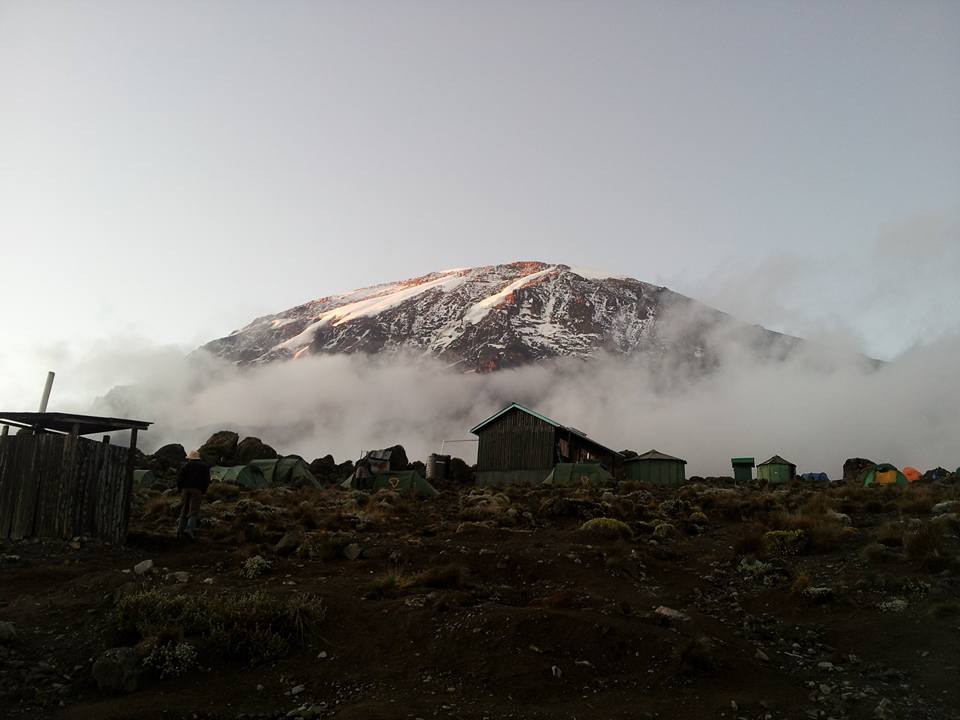
Why Kilimanjaro is a Great Mountain for Any Bucket List
Climbing one of the world’s tallest mountains is not a decision to be taken lightly – it will take endurance, a decent amount of fitness...
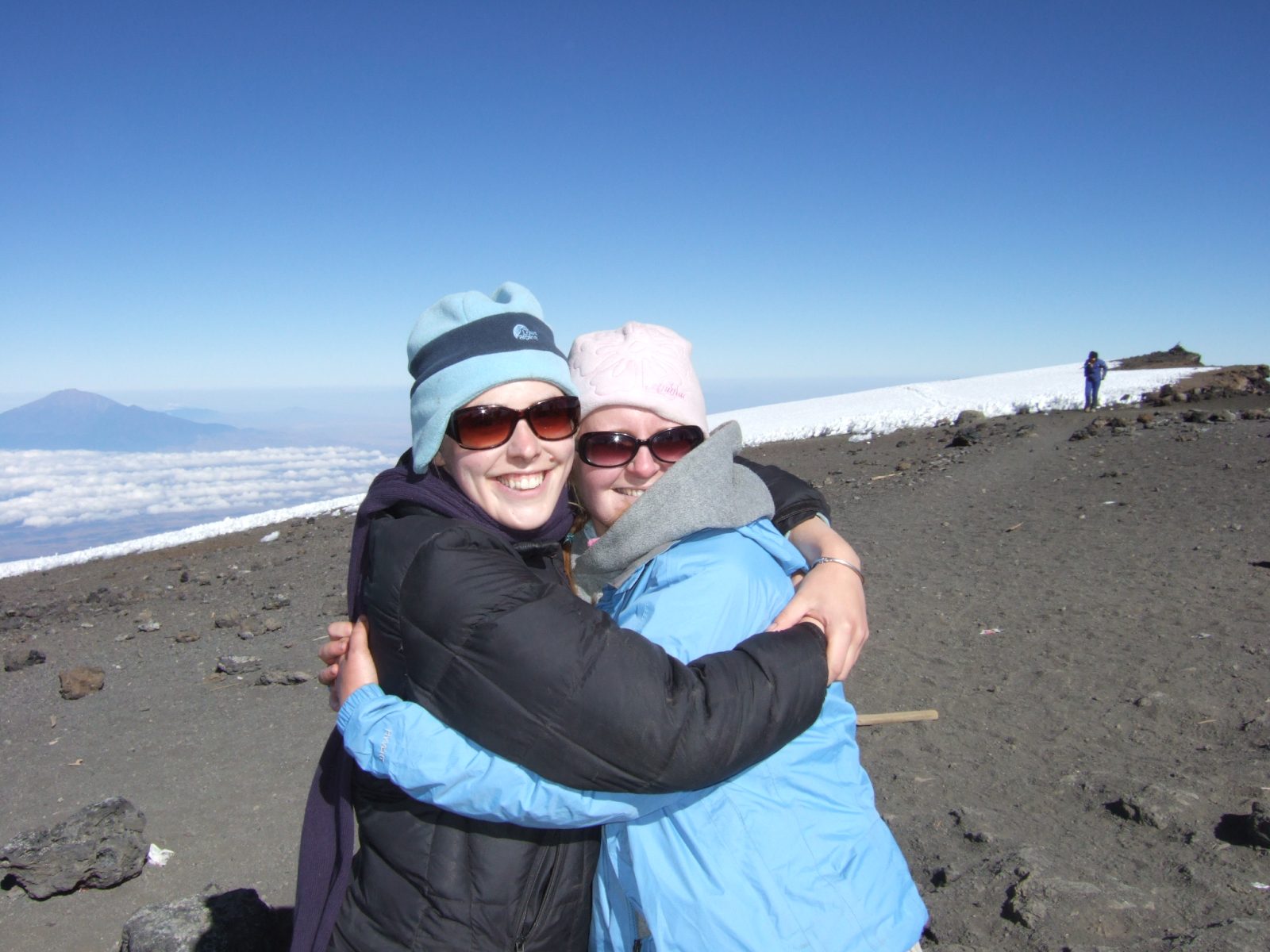
How can I Climb Kilimanjaro for Charity?
We often get asked, ‘how do I climb Mount Kilimanjaro for Charity?’ and the answer is easy, call us to have an initial talk about...
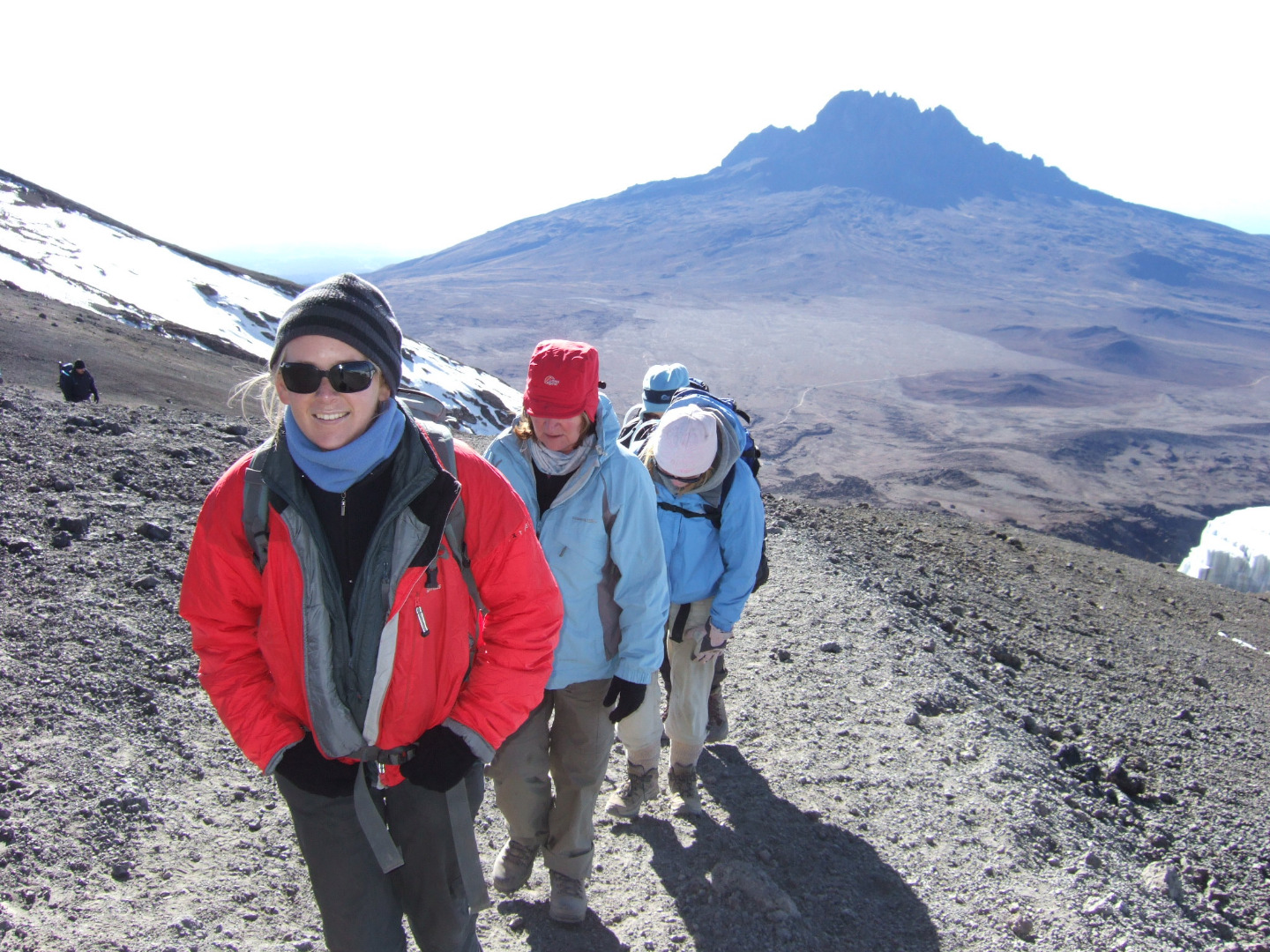
What to Wear on Kilimanjaro
What to wear on a Mount Kilimanjaro Trek is probably the question we get asked most and there is, of course, a kit list for...
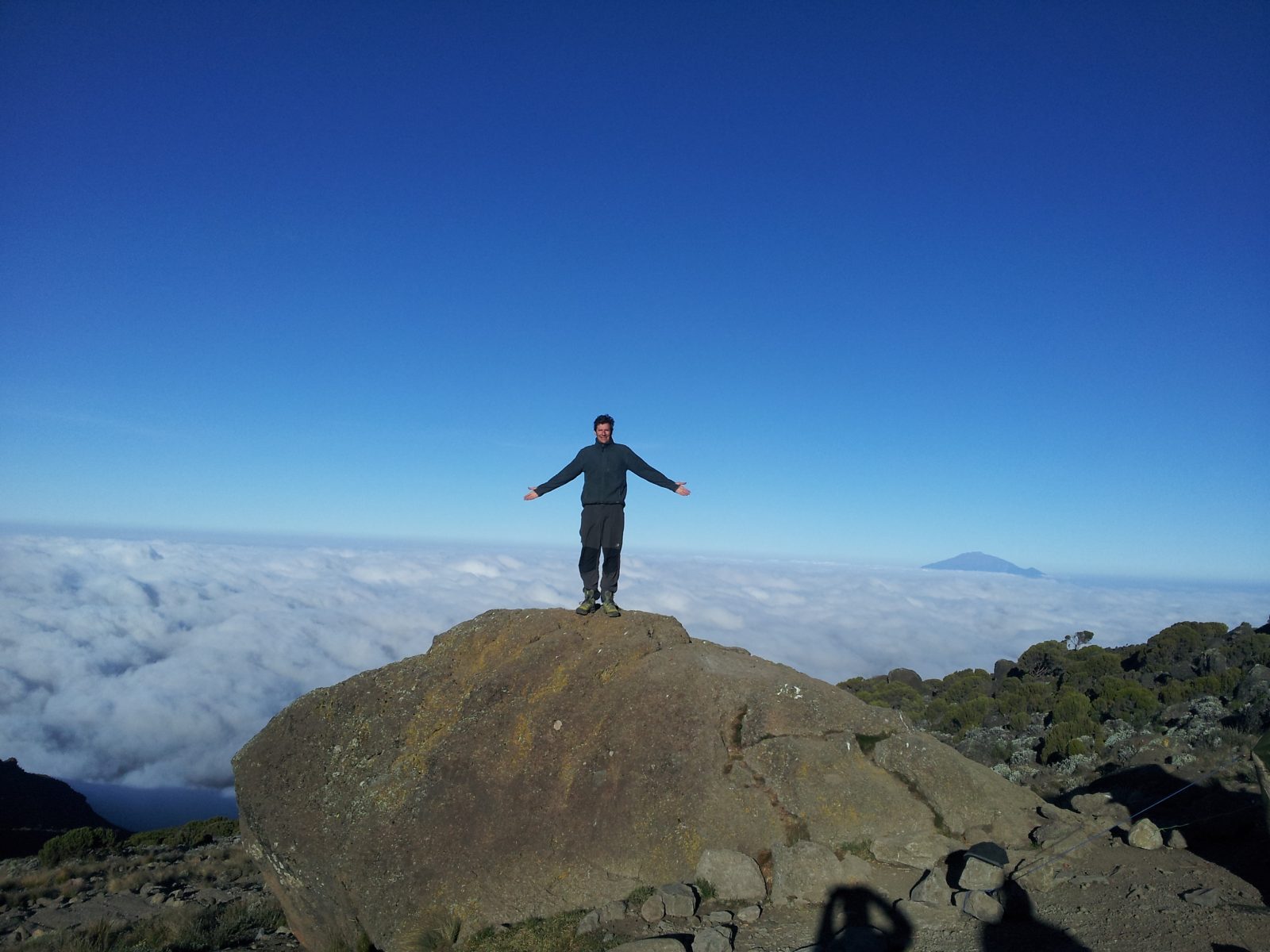
Kilimanjaro Diamox?
Regarding the use of Diamox on a Kilimanjaro climb, there is a tendency now for people to use it as a default drug in order to increase...
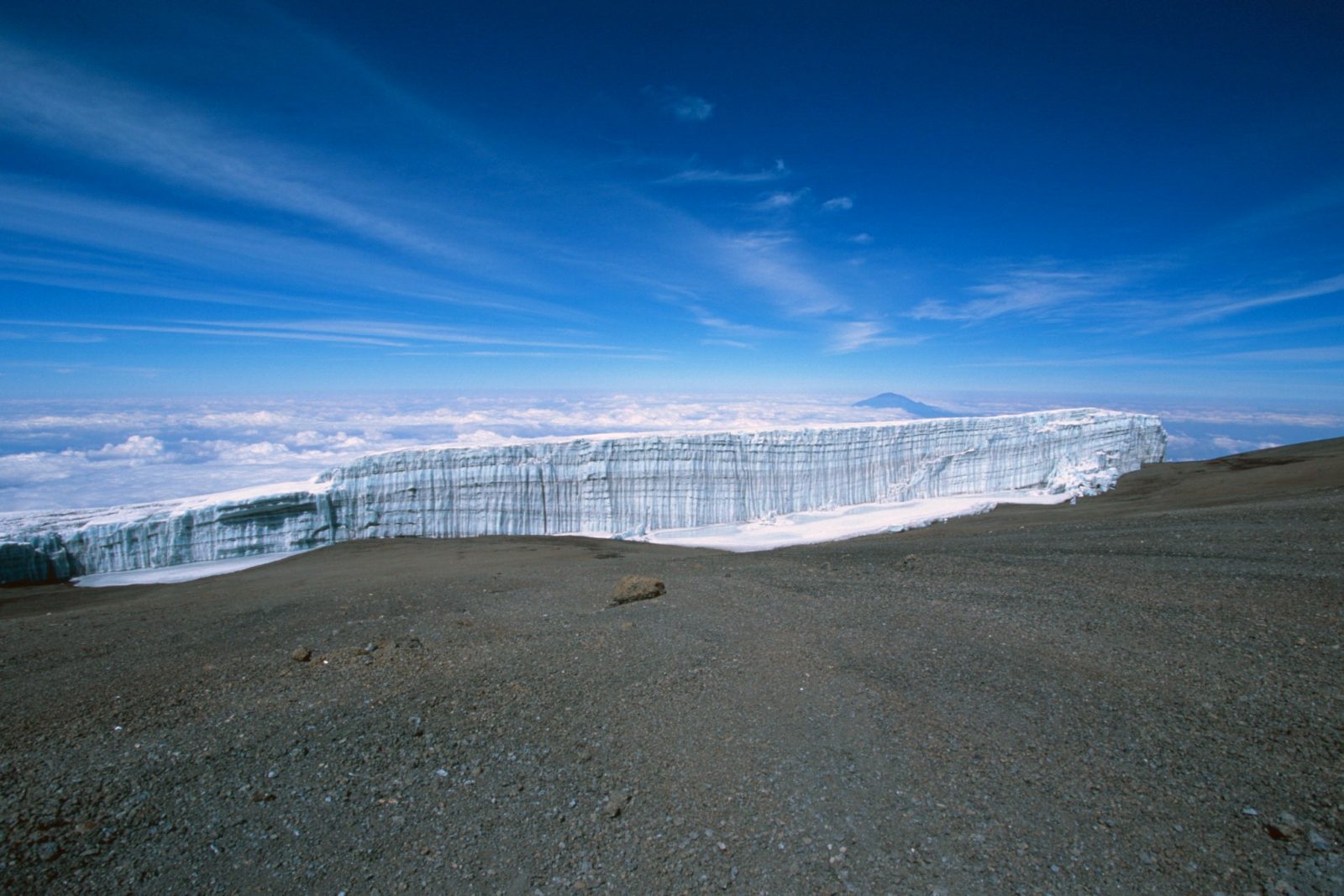
Weather and Seasons on Kilimanjaro
There is a magic about standing on the Roof of Africa. Mount Kilimanjaro, Africa's tallest mountain, stands 5895m above sea level. The climb...
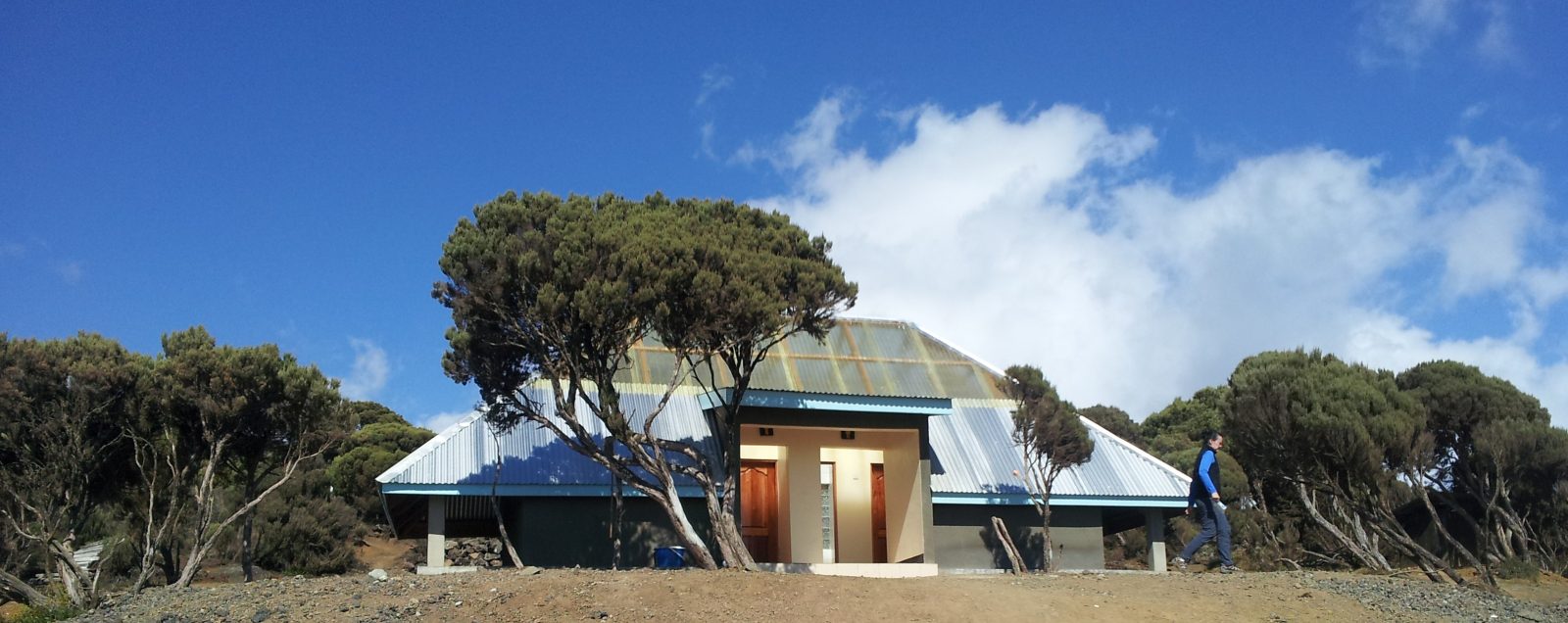
Toilets on Kilimanjaro
So we all need a wee and a poo, but strangely it’s a topic that’s never really gets mentioned in day to day life. However on Kilimanjaro,...

How Long Does it take to Climb Kilimanjaro?
Essentially it depends on which route you choose to climb Kilimanjaro, as they differ in terrain, length and accommodation type and can also be...
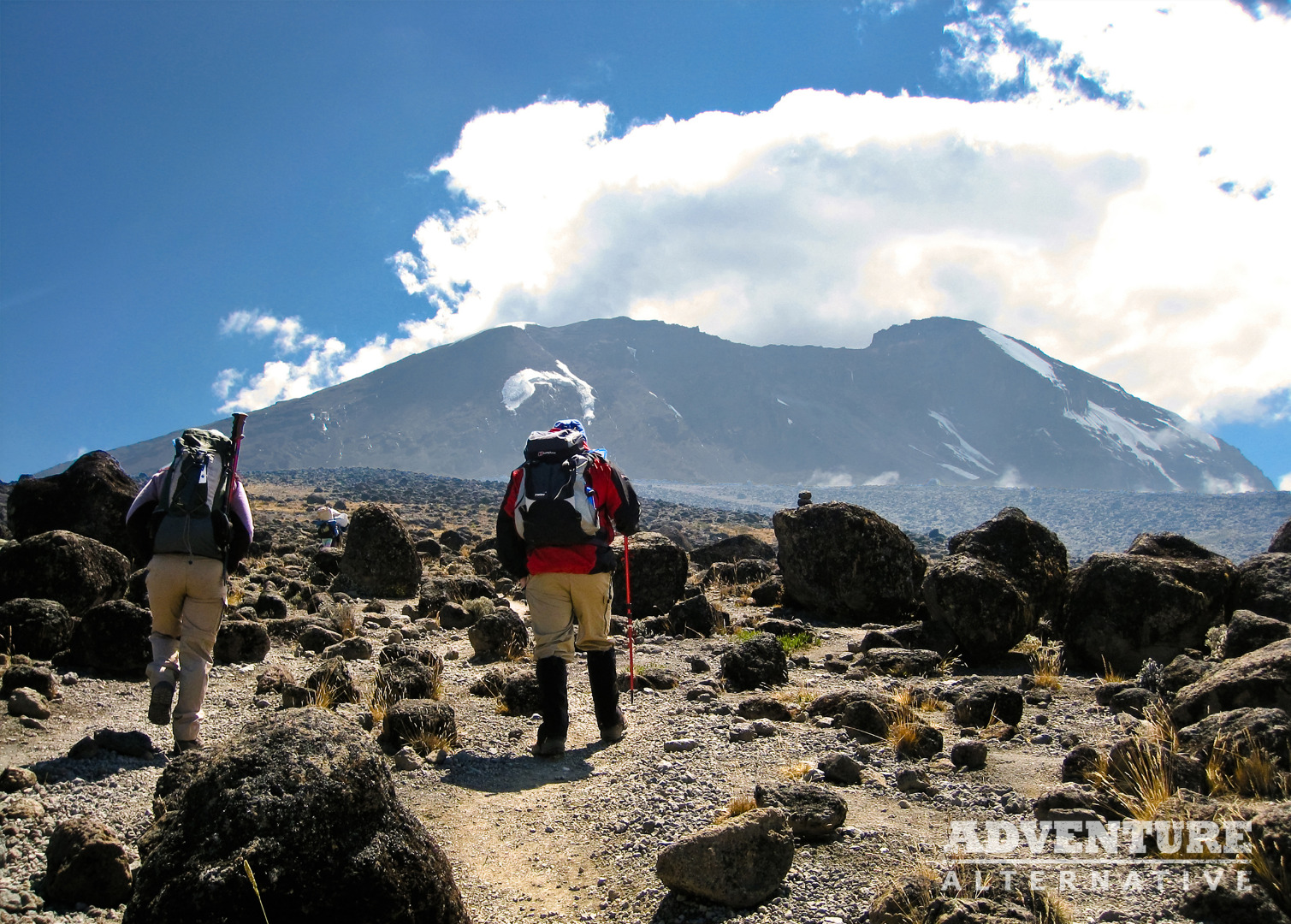
Best time to climb Kilimanjaro?
Essentially if you want to climb Mount Kilimanjaro you can do so all year round however...... The main seasons for climbing...
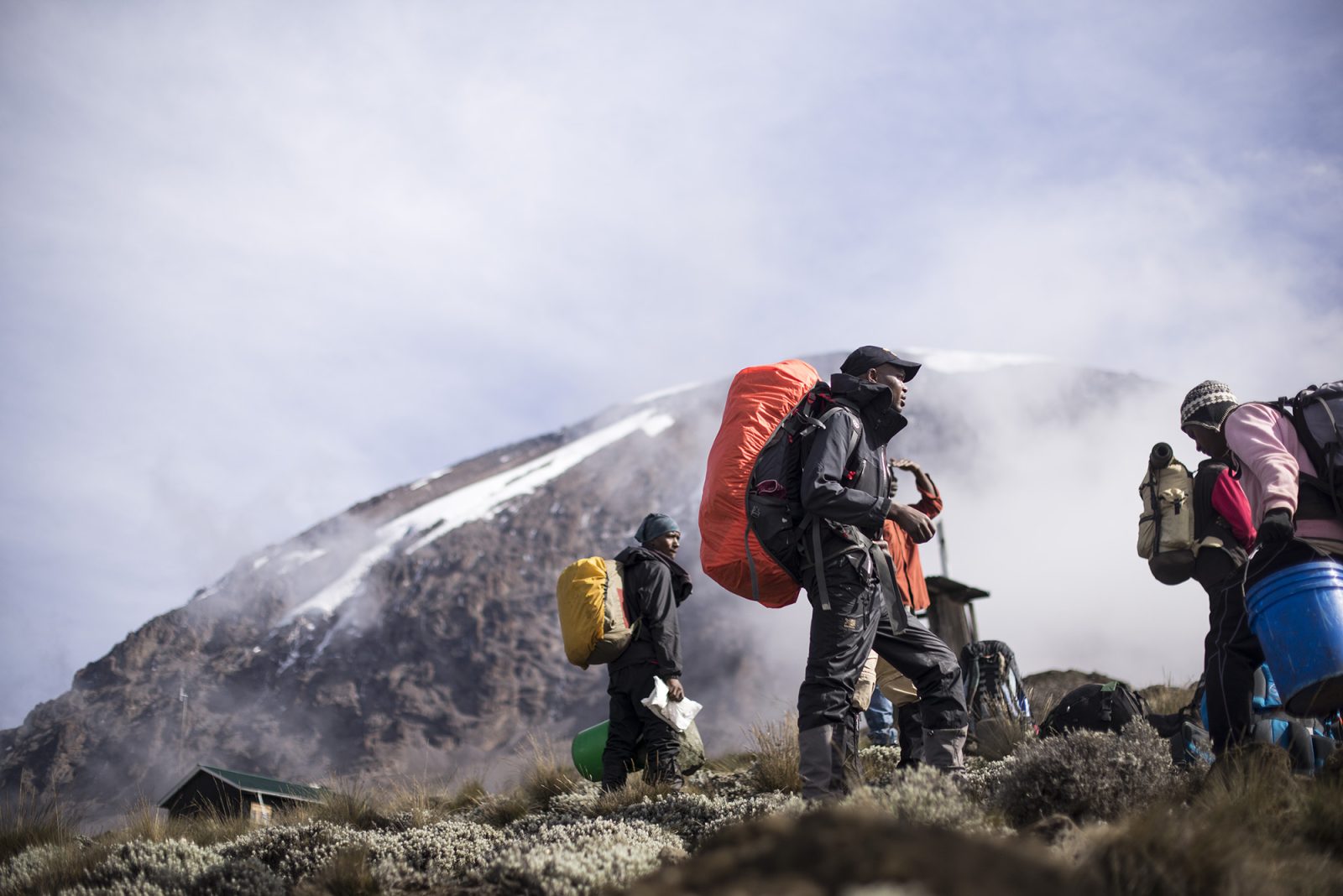
How hard is it to climb Kilimanjaro?
To climb Mount Kilimanjaro is a challenge and if you’re new to trekking, camping, living outdoors, or high altitude then you may find it...
